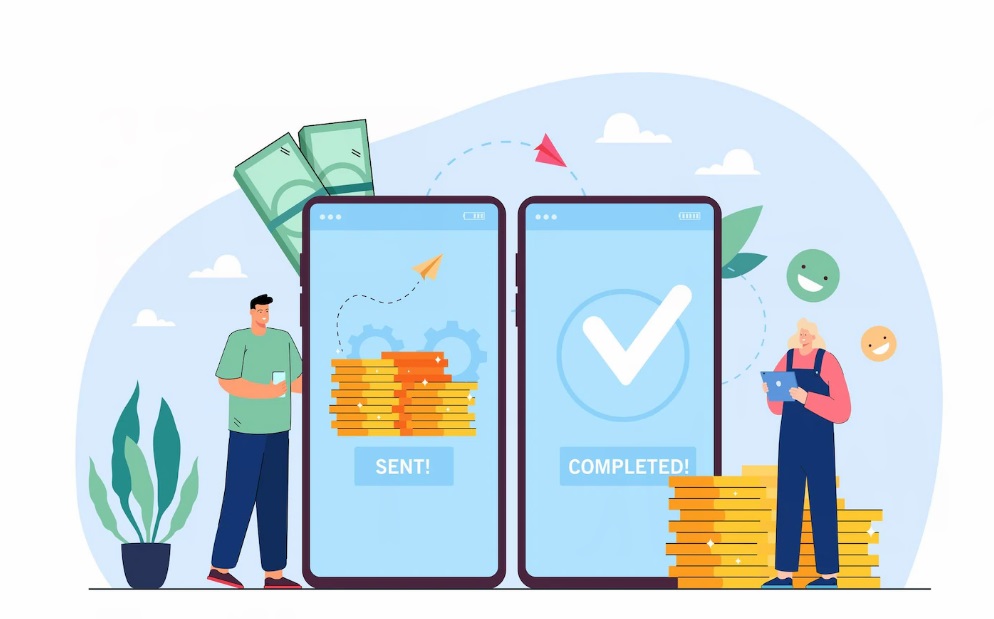Since the book trade agreement was created, the European Union has become the holy grail for any company or enterprise dedicated to international trade. Many of the most important economies in the world and some other emerging ones are there, operating under the same regulations, and while trade with the great powers is not without the risk that tomorrow the country may fall into recession, the diversity of the economies within the European Union provide trading stability ensuring that, once inside, one virtually locks in their business for life.
But, of course, nothing good comes easy, and if you are an entrepreneur or business owner and you want to get customers or suppliers within the European Union, there are several things you should keep in mind to avoid bumps along the way, and the First and foremost is definitely knowing how VAT numbers work.
What is a VAT number?
A value-added tax identification number, or VAT for short, is an identifier for companies, enterprises or any individual person that wants to perform business into UE territory.

An EC Sales List must be submitted every three months by EU enterprises that offer telecommunications, broadcasting, and electronic services (TBE) to customers in another Member State (ESL). The VAT number provided by the customer in the ESL must be correct.
If the customer-provided VAT number is present in the relevant national database, you can check it using Vatstack. Your customer’s most recent VAT number must be on your invoice.
All businesses (or individuals conducting economic activity) situated outside the EU that sell to clients inside the EU are required to register for VAT and obtain a VAT number. Unfortunately, there are no de minimis criteria for transaction quantities or turnover for these VAT responsibilities.
Ignoring VAT is not a wise decision. Each EU member state conducts its own audits to ensure tax compliance, which could entail providing purchase receipts (who send them in because they are entitled to tax refunds on certain goods).
So, being able to validate VAT numbers of your clients or providers is a must if you are looking to expand your business into the EU. Luckily, there are a couple of tools that can easily help you with that chore. Probably the most popular of which is VAT number check API
You can validate VAT numbers, retrieve all or a specific EU VAT rate depending on your IP address or country code, adjust prices to be in line with EU VAT rates and kinds, and more using VAT number check API.
You can batch-validate the company data of your clients using the VAT Validation API. The API will choose which government agency it will submit the request to automatically when a customer chooses to enter their VAT number during the checkout process.
You may validate VAT numbers, retrieve all or a specific EU VAT rate depending on your IP address or country code, adjust prices to be in line with EU VAT rates and kinds, and more using the VAT number check API.
You can batch-validate the company data of your Dutch clients using this VAT Validation API. The API will choose which government agency it will submit the request to automatically when a customer chooses to enter their VAT number during the checkout process.
The use of straightforward and easy-to-understand URL syntax to request API results ensures the highest level of compatibility with all of your apps, systems, programming languages, and frameworks.



